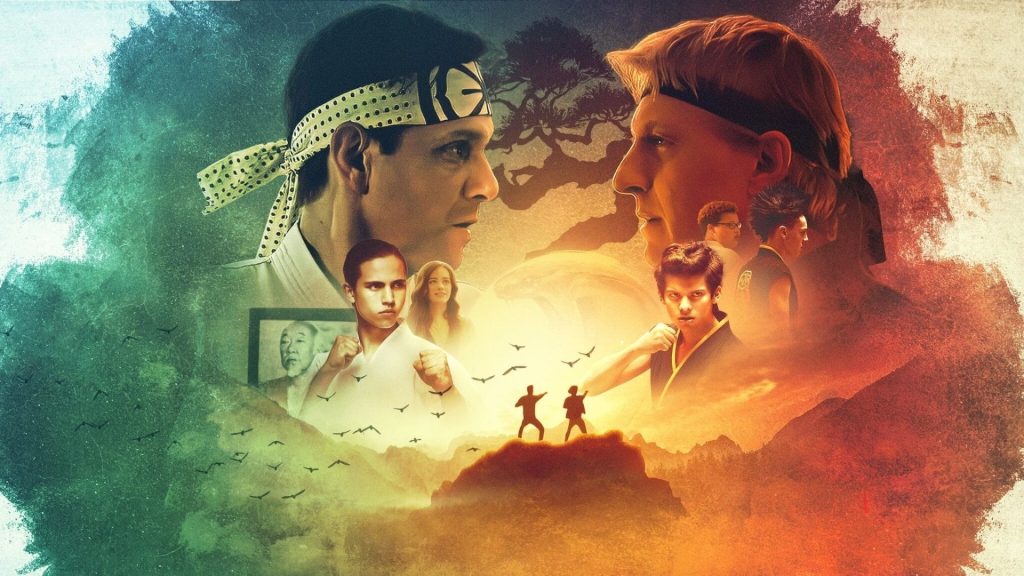
Martial arts have captivated audiences globally, evolving from obscure practices in East Asia to integral elements of mainstream pop culture worldwide. Their journey has been marked by phenomenal movie characters, gripping competitions and enduring cultural influence. This article traces the fascinating history of martial arts in popular culture.
Bruce Lee Kicks Open the Door
While martial arts like Kung Fu existed for centuries in China, they remained mostly unknown in the West until Bruce Lee brought them to the big screen. Through films like ‘Enter the Dragon’, he introduced mesmerising on-screen combat to enthralled global audiences. Lee’s films were a watershed moment, opening the door for martial arts to permeate pop culture.
Beyond his own movies, Lee influenced countless other action films. He pioneered sophisticated fight choreography that made combat feel graceful and realistic. Martial arts sequences in movies became lengthier, more intricately choreographed and more central to plot lines. tropes like the intense training montage became ubiquitous. Lee’s influence even extended to broader media like video games where he inspired characters like ‘Marshal Law’ in Tekken. Above all, he made martial arts seem cool, paving their way into the mainstream.
| Bruce Lee’s Major Martial Arts Films | Release Year |
|---|---|
| The Big Boss | 1971 |
| Fist of Fury | 1972 |
| Way of the Dragon | 1972 |
| Enter the Dragon | 1973 |
Karate Kids and Ninjas: The 1980s Martial Arts Boom
Building on Lee’s foundation, the 1980s saw an explosion of interest in martial arts. Movies like ‘The Karate Kid’ centred wholly around martial arts, turning them into a key plot device driving the narrative. The arcade game ‘Karate Champ’ and the ‘Teenage Mutant Ninja Turtles’ franchise sent Karate and Ninjutsu soaring in popularity. Even action stars like Chuck Norris and Jean-Claude Van Damme incorporated elbow smashes and roundhouse kicks into their fight sequences, showcasing real martial arts on screen.
By the 1980s, martial arts moved beyond just combat to have philosophical depth in mainstream media. ‘The Karate Kid’ memorably conveyed the importance of patience, discipline and mentorship in learning martial arts. For many in the West, such movies offered their first nuanced exposure to the meaningful spiritual traditions behind disciplines like Karate. Beyond sheer entertainment, they popularised a thoughtful side of martial arts.
Mixed Martial Arts and the Rise of UFC
While martial arts entertainment boomed, a quiet revolution was brewing in competitive martial arts. Prior events like the ‘Gracie Challenge’ had begun showcasing fights between different martial arts styles. Building on this, the Ultimate Fighting Championship (UFC) was founded in 1993 to directly pit contrasting disciplines against each other almost anything-goes combat.
In the ensuing decades, UFC evolved into a massively popular MMA organisation. Top UFC fighters like Conor McGregor became global superstars, their exploits in and outside the octagon making headlines. Beyond just displaying martial arts, UFC allowed different styles to be refined and blended in the crucible of competitive fighting. The result was a new distinctly hybrid sport: mixed martial arts.
UFC and MMA demonstrated that martial arts were not static ancient practices but could evolve dynamically even today. The fierce competitions forced martial artists to pressure test and improve techniques. It unlocked the full combative potential of martial arts for mainstream crowds.
Enduring Cultural Legacy
Well beyond the hype of early tournaments and movies, martial arts have left an indelible impact on culture. Phrases like ‘kung fu grip’ have become part of everyday slang. Tropes like the hadouken fireball remain iconic in video games. Blockbuster movies still incorporate martial arts choreography into action sequences. Stars like Jackie Chan and Jet Li keep the movie genre alive.
Moreover, in a world dominated increasingly by technology, martial arts remind millions about the capabilities of the human body and spirit. The cultural emphasis on discipline and spiritual development in martial arts continues to inspire people. Ultimately, martial arts in pop culture have come a long way from obscurity in China to becoming an inextricable strand of the global mainstream. Their evolution underscores the power of media and entertainment to popularise new ideas worldwide.
In closing, martial arts represent a compelling example of niche cultural elements expanding into the pop culture mainstream. Bruce Lee first introduced movie audiences to their spectacle, before an 1980s boom made Karate and Ninja combat ubiquitous. The rise of competitive MMA through UFC then unlocked their full combative potential for viewers. Throughout this journey, martial arts came to represent more than just fighting, but teachings on philosophy, discipline and excellence. Their enduring legacy spans iconic characters, terminology and enduring life lessons. By tracing this evolution, we gain insight into how niche interests can be propelled into global consciousness through the power of media, entertainment and sport.